Watch the Special LIVE EL NIÑO Episode - 30 minBe Prepared!
Watch the Special EpisodeEL NIÑO & your landscape
Things you can doCollecting Rainwater:It will take a minimum of two years, or two El Niño's, to even out underground reservoirs and rivers take plus above ground lakes and water containment cisterns to end California's drought. Therefore, it's imperative to catch and store rainwater. The best way to do this is with a rain barrel. Water that comes from your tap/hose usually passes through a water company. By law they are required to treat the water with chemicals such as chlorine and fluoride (plus, if you have really horrible water they'll introduce more chemicals before releasing it to you). Rainwater, however, is pure and natural as you can get it. So, collecting it is really important. The easiest way to collect rainwater is from the roof of your house or garage. For every inch of rainwater that falls on a 1000 square foot roof you can expect to collect upwards of 600 gallons of water. This is a significant amount that can be used to hydrate your plants indoors as well as out.
I met up with my friend Andrew at Exaco Trading Co at the National Hardware Show in Las Vegas recently to discuss the importance of incorporating a rain barrel at home. Click here to see the latest in rain barrel technology. French Drain System |
| In August 2015 we hosted an unprecedented 90-minute live TV show called Things Green LIVE! How to Use Water in a Drought. I need you to put into practice the elements we shared on that show right now in preparation of El Nino. Click here to read more. |
Comments are closed.






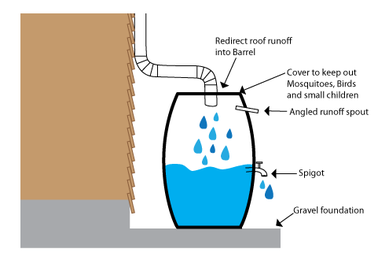

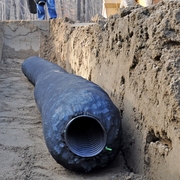


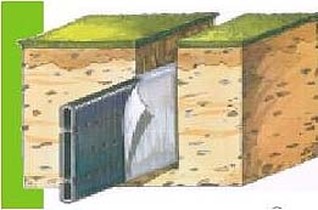

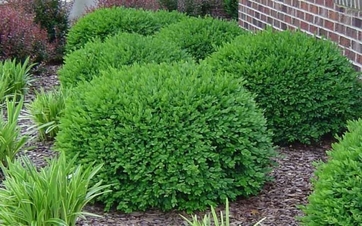
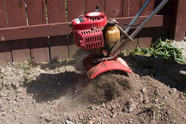
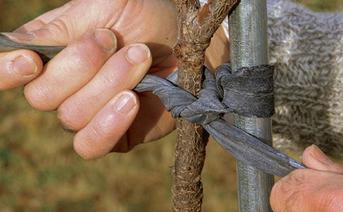
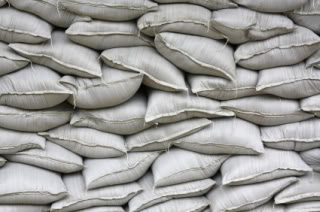
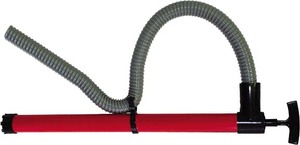
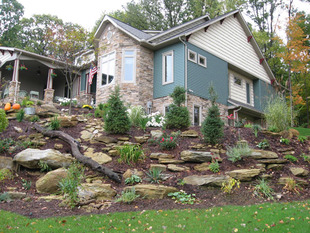
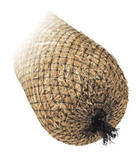






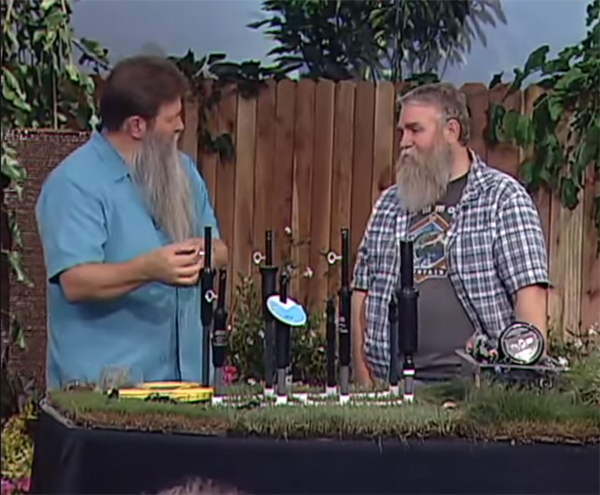
 RSS Feed
RSS Feed